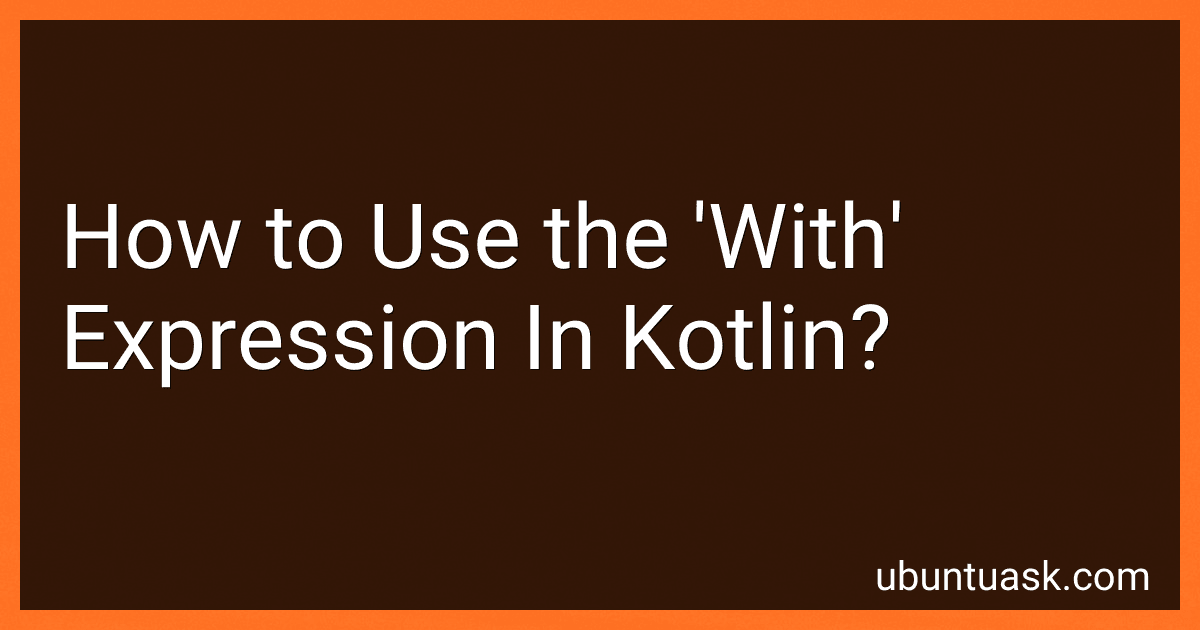Best Kotlin Programming Guides to Buy in December 2025
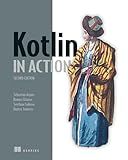
Kotlin in Action, Second Edition


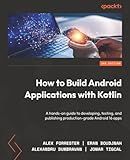
How to Build Android Applications with Kotlin: A hands-on guide to developing, testing, and publishing production-grade Android 16 apps


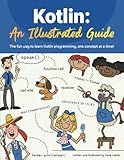
Kotlin: An Illustrated Guide


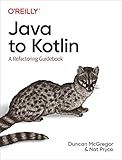
Java to Kotlin: A Refactoring Guidebook


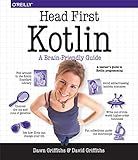
Head First Kotlin: A Brain-Friendly Guide


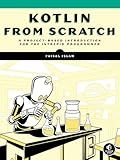
Kotlin from Scratch: A Project-Based Introduction for the Intrepid Programmer


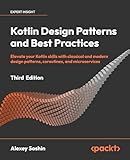
Kotlin Design Patterns and Best Practices: Elevate your Kotlin skills with classical and modern design patterns, coroutines, and microservices


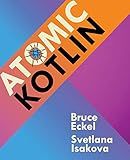
Atomic Kotlin


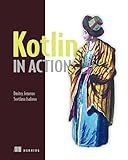
Kotlin in Action


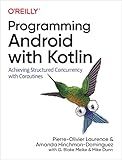
Programming Android with Kotlin: Achieving Structured Concurrency with Coroutines


In Kotlin, the 'with' expression is used to simplify the code when working with an object. It allows you to call multiple methods or access properties of the object without repeating its name.
The basic syntax of the 'with' expression is:
with(object) { // code block }
Here, 'object' refers to the instance on which we want to perform the operations. Inside the code block, you can directly call the methods or properties of the object.
For example, let's say we have a class called Person with properties name and age. To use the 'with' expression, you can write:
val person = Person() with(person) { name = "John" age = 30 celebrateBirthday() }
In the above code snippet, we create a new instance of the Person class and use the 'with' expression to set the name and age properties, and then call the celebrateBirthday() method.
The 'with' expression can also be used in a more concise way if the object methods and properties have unique names. In such cases, you can omit the object reference and directly access the methods and properties.
For example:
with(person){ name = "John" age = 30 celebrateBirthday() }
In this case, 'person' is not explicitly mentioned before calling its methods or properties.
Using the 'with' expression can make your code more readable and reduce the repetition of object references. It is particularly useful when you need to perform a series of operations on the same object.
What are the alternatives to 'with' expression in Kotlin?
In Kotlin, the 'with' expression provides a concise way to work on a specific object without needing to repeat its name. However, there are a few alternatives available if you prefer not to use the 'with' expression:
- Scope functions: Kotlin provides several scope functions, namely let, run, apply, also, and run. These functions allow you to work on an object within a specified scope and avoid repeating the object name. Here is an example: val person = Person() person.apply { name = "John Doe" age = 30 }
- Extension functions: You can define extension functions on a specific type, allowing you to manipulate an object's properties and functions directly. Using extension functions, you can avoid repeating the object's name. Here is an example: fun Person.configure() { name = "John Doe" age = 30 } val person = Person() person.configure()
- Traditional approach: In case you prefer a more traditional approach, you can simply refer to the object's name explicitly for each operation. While this may result in code duplication, it is a valid alternative. Here is an example: val person = Person() person.name = "John Doe" person.age = 30
Choose the approach that best fits your coding style and requirements.
What is the return value of the 'with' expression?
The return value of the with expression is the value of the __enter__() method of the context manager.
How to handle nullability within 'with' expression?
In Kotlin, the 'with' expression is designed to perform a series of operations on an object without having to repeat the object name. However, since 'with' is just a normal function, it does not handle nullability by default. Here are two ways to handle nullability within a 'with' expression:
- Safe call operator (?.): Use the safe call operator to perform null-safe operations within the 'with' expression. The safe call operator (?.) can be used to call methods or access properties on nullable objects. If the object is null, the expression returns null without throwing a NullPointerException.
Example:
val nullableObject: MyClass? = getNullableObject()
val result = with(nullableObject) { this?.method() this?.property }
In the above example, if nullableObject is null, the 'with' expression will also be null, and the specified method and property will not be executed.
- Let function: Use the 'let' function to handle nullability within the 'with' expression. The 'let' function takes a nullable object as its receiver and performs some operations on it within a lambda expression. It allows you to access the object safely and execute logic only if the object is not null.
Example:
val nullableObject: MyClass? = getNullableObject()
val result = nullableObject?.let { obj -> with(obj) { method() property } }
In the above example, the 'let' function is used to access the nullable object safely. If nullableObject is not null, the 'with' expression will execute the specified method and property, and the result will be assigned to the 'result' variable. Otherwise, 'result' will be null.
Overall, using the safe call operator (?.) or the 'let' function within a 'with' expression provides a way to handle nullability and prevent potential NullPointerExceptions. Choose the approach that suits your requirements and coding style.
How to access properties using the 'with' expression?
The 'with' expression is used in Python to simplify repetitive tasks by allowing multiple method calls or property accesses on the same object. It creates a temporary scope where the specified object’s properties or methods can be accessed without repeatedly referencing the object itself.
Here's an example of how to access properties using the 'with' expression:
class MyClass: def __init__(self): self.property1 = "Value 1" self.property2 = "Value 2"
def method1(self):
print("Method 1")
def method2(self):
print("Method 2")
my_object = MyClass()
Access properties and methods using 'with'
with my_object: print(my_object.property1) # Output: Value 1 print(my_object.property2) # Output: Value 2 my_object.method1() # Output: Method 1 my_object.method2() # Output: Method 2
Access properties and methods without 'with'
print(my_object.property1) # Output: Value 1 print(my_object.property2) # Output: Value 2 my_object.method1() # Output: Method 1 my_object.method2() # Output: Method 2
In the 'with' block, you can directly access the properties and methods of the object without prefixing them with the object name. However, it's important to note that the object must define the __enter__() and __exit__() methods for the 'with' statement to work correctly.
Using the 'with' expression can help improve code readability and reduce redundancy, particularly when working with complex objects that require multiple method calls or property accesses.
